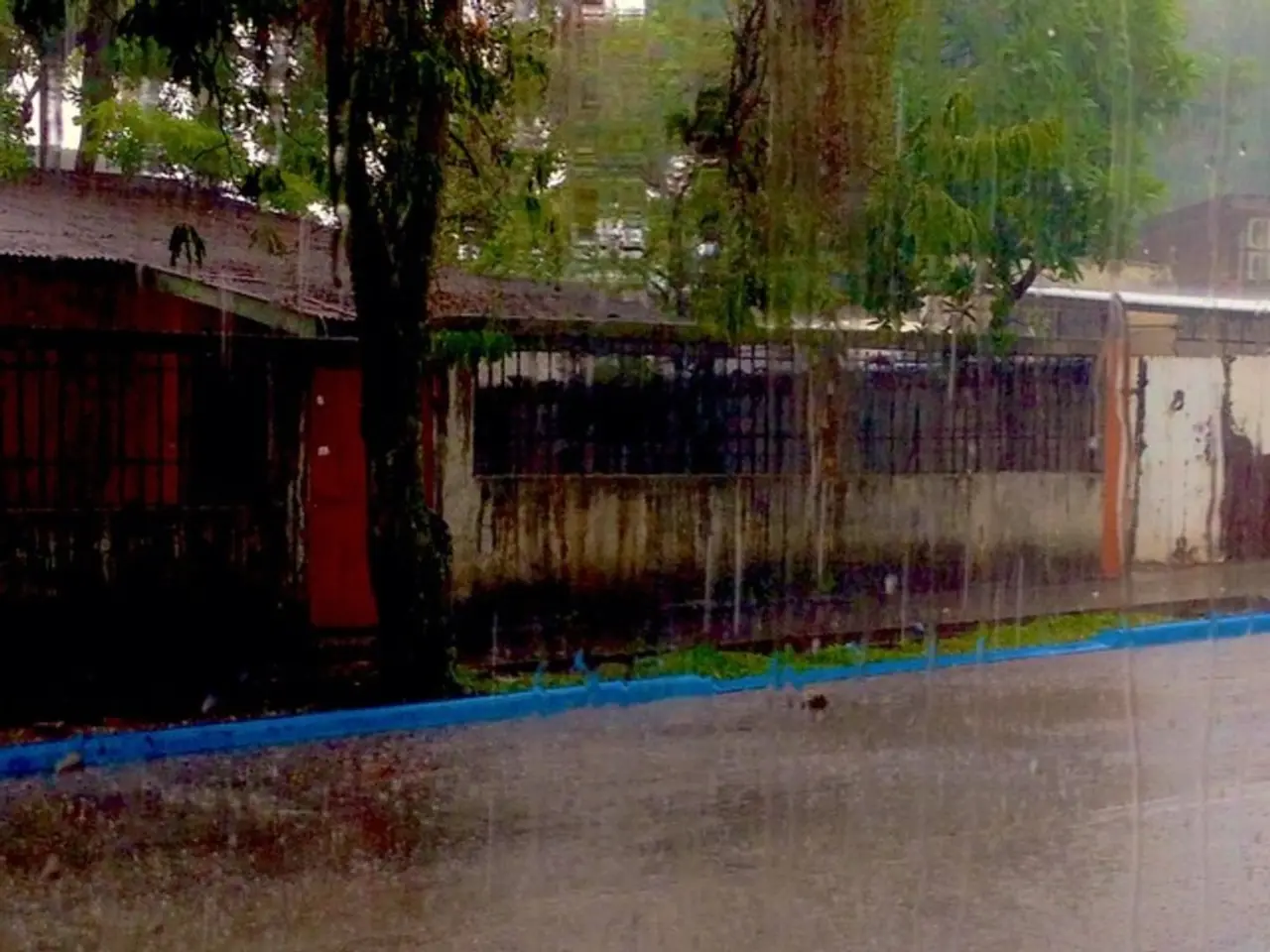Catastrophic Tornado of 1925 Traversed Over 200 Miles Across States
The Tri-State Tornado, the deadliest and longest-lasting tornado in U.S. history, struck on March 18, 1925, carving a devastating path over 200 miles long and causing 695 fatalities. This monumental weather event provides valuable insights into the formation and behaviour of severe tornadoes.
The Tri-State Tornado originated from a supercell thunderstorm, a type of storm characterised by a persistent rotating updraft known as a mesocyclone. On the day of the tornado, the mesocyclone remained anchored and intense as it moved eastward, contributing to the storm's extraordinary longevity.
Within the supercell, the rotation aloft focused and pulled downward as the storm evolved, forming a rear flank downdraft (RFD) - an area of rapidly descending cool air on the backside of the storm. The RFD intensified and reached the ground, pulling the rotating mesocyclone downward and causing it to concentrate its spinning motion into a narrower column. This interaction of cool, sinking air and warm, moist inflow at low levels created a spinning wall cloud, from which a visible funnel descended, forming the tornado.
The strength of the updraft and the low-pressure area at the surface maintained and intensified the tornado for an extended period. The combination of a strong, persistent supercell with ideal atmospheric conditions for storm rotation and intensity was critical in producing the Tri-State Tornado's devastating, prolonged, and highly destructive track.
The storm environment on March 18, 1925, featured strong wind shear, which helped organise and sustain the rotating updraft. The clash of warm, moist air from the Gulf of Mexico with colder, drier air masses further north likely created the instability and lift necessary for severe thunderstorm development, setting the stage for the Tri-State Tornado.
Since the Tri-State Tornado, the National Weather Service and other agencies have improved tornado prediction and response systems. Both tornado watches and tornado warnings help people stay alert and prepared. The NWS Paducah office and other regional centers use this storm as a case study for training and preparedness.
The Tri-State Tornado remains the benchmark for significant tornadoes, holding records for the longest continuous tornado path and the highest death toll in the U.S. Historical materials from the Missouri Digital Archives, the Jackson County Historical Society, and the Indiana State Library archives provide a vivid picture of the human settlements erased in minutes by the tornado.
The tornado began in south central Missouri in the warm sector of a powerful low-pressure system and continued into southwestern Indiana, passing through towns like Griffin and Princeton. The average forward speed of the tornado was about 59 mph (95 km/h). The tornado hit towns like Gorham, Murphysboro, De Soto, and West Frankfort, Illinois, with Murphysboro suffering one of the highest death tolls. Two schools, the Logan School and De Soto School, were destroyed during school hours in Murphysboro.
The First Baptist Church in Murphysboro was among the local landmarks destroyed by the tornado. The tornado remained on the ground for over 3.5 hours, carving its way through mining towns, farmland, and densely populated areas before crossing the Mississippi River.
Today, we understand more about tornado formation, thanks in part to lessons learned from the Tri-State event. The tornado highlighted the need for better storm forecasting and public awareness, paving the way for advancements in meteorological science and emergency management.
Technology and science have revolutionized our understanding of historical weather events, such as the Tri-State Tornado. Modern environmental-science research, combined with historical archives, sheds light on the factors that contributed to the storm's formation and behavior. This understanding aids scientists and meteorologists in predicting and responding to severe weather events, leveraging advancements in technology to save lives and mitigate environmental impacts.







